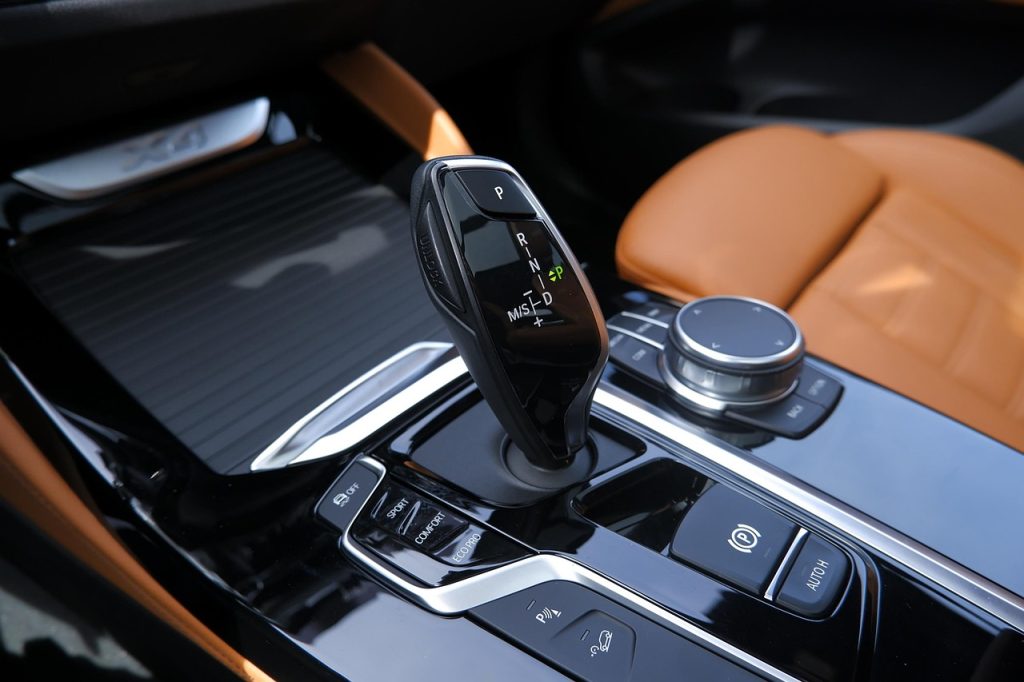How to Fund Your Next Car Purchase: A Guide for UK Drivers

Buying a car is an exciting milestone, whether it’s your first set of wheels or an upgrade to suit your lifestyle. But let’s be honest cars aren’t cheap and figuring out how to pay for one can feel a bit overwhelming. Don’t worry, though! In this guide, we’ll walk you through some practical and popular ways to fund your next car purchase in the UK, so you can hit the road with confidence.
1. Save Up and Pay in Cash.
If you’re not in a rush to buy, saving up to pay for your car outright is a fantastic option. By avoiding loans or finance deals, you’ll save on interest and own the car from day one.
How to Make It Work:
- Set a budget: Decide how much you can afford and what type of car you need (e.g., a compact hatchback or a family SUV).
- Create a savings plan: Work out how much you can set aside each month. For example, saving £200 a month for two years gives you £4,800—enough for a decent used car.
- Use a high-interest savings account: Pop your money into an easy-access or fixed-rate savings account to earn a bit of interest while you save.
- Look for deals: Paying in cash often gives you negotiating power, especially with private sellers or smaller dealerships.
Pros:
- No debt or monthly payments.
- You own the car outright.
- Potential to negotiate a lower price.
Cons:
- Takes time to save up.
- Ties up your cash, which might be needed for other expenses.
2. Personal Loan.
If you want the car sooner rather than later, a personal loan from a bank or online lender can be a straightforward way to fund your purchase. You borrow a lump sum, buy the car, and repay the loan in monthly instalments over a set period (usually 1–7 years).
How to Make It Work:
- Shop around for the best rates: Compare annual percentage rates (APRs) from banks, credit unions, and online lenders. A lower APR means less interest.
- Check your credit score: A good credit score (check free with Experian or ClearScore) can unlock better loan terms.
- Borrow only what you need: Keep repayments affordable—aim for no more than 20% of your monthly income on car-related costs (loan, insurance, fuel, etc.).
- Read the fine print: Avoid loans with early repayment penalties, so you can pay it off faster if you want.
Pros:
- You own the car outright from the start.
- Fixed monthly payments make budgeting easy.
- Competitive rates for those with good credit.
Cons:
- Interest adds to the total cost.
- Requires a decent credit score for the best deals.
- Missed payments can harm your credit.
3. Hire Purchase (HP).
If you’re looking to get a car on finance UK, Hire Purchase is a popular car finance option in the UK. You pay a deposit (usually 10% of the car’s price), then spread the remaining cost over monthly payments (typically 1–5 years). Once you’ve made all payments, the car is yours.
How to Make It Work:
- Find a deal through a dealership: Most car dealers offer HP, often with 0% APR promotions on new cars.
- Check the total cost: Even with 0% APR, ensure the car’s price isn’t inflated to offset the “free” finance.
- Negotiate the deposit: A larger deposit reduces monthly payments but requires more upfront cash.
- Understand the terms: If you miss payments, the lender can repossess the car.
Pros:
- Simple and widely available.
- Fixed payments for easy budgeting.
- 0% APR deals can save you money.
Cons:
- You don’t own the car until the final payment.
- Higher APRs on used cars can be costly.
- Repossession risk if you miss payments.
4. Personal Contract Purchase (PCP).
PCP is another common finance option, especially for new cars. It’s similar to HP, but with lower monthly payments because you’re only paying off part of the car’s value during the term. At the end, you can pay a “balloon payment” to own the car, return it, or trade it in for a new deal.
How to Make It Work:
- Choose a car with good resale value: This keeps the balloon payment manageable if you want to own it.
- Stick to mileage limits: PCP deals include annual mileage caps (e.g., 8,000 miles). Exceeding them incurs fees.
- Maintain the car: You’ll need to return it in good condition if you don’t buy it.
- Plan for the end: Decide early whether you’ll pay the balloon payment, return the car, or start a new PCP deal.
Pros:
- Lower monthly payments than HP.
- Flexibility at the end of the term.
- Ideal for those who like upgrading cars every few years.
Cons:
- Balloon payment can be large if you want to keep the car.
- Mileage and condition restrictions.
- You don’t own the car unless you pay the final amount.
5. Leasing (Personal Contract Hire, PCH).
If you love driving new cars without the hassle of ownership, leasing could be for you. With PCH, you pay a deposit and monthly rentals to “rent” the car for 2–4 years, then return it at the end. There’s no option to buy the car.
How to Make It Work:
- Compare leasing deals: Explore online for competitive offers from various providers.
- Check inclusions: Some leases cover maintenance or insurance, saving you money.
- Mind the mileage: Like PCP, leases have mileage caps, and exceeding them costs extra.
- Budget for upfront costs: Initial payments are often 3–9 months’ rent upfront.
Pros:
- Drive a new car with low monthly costs.
- No worries about depreciation or selling the car.
- Maintenance packages can simplify upkeep.
Cons:
- You never own the car.
- Early termination fees can be steep.
- Mileage and wear-and-tear restrictions.
6. Use a Credit Card (Carefully!).
For smaller purchases, like a used car under £5,000, a credit card can be an option, especially if you have a 0% interest deal on purchases. However, this is risky if you can’t pay it off quickly.
How to Make It Work:
- Choose a 0% purchase card: Look for cards with long interest-free periods (e.g., 18–24 months).
- Pay it off fast: Aim to clear the balance before the 0% period ends to avoid high interest rates (often 20%+ APR).
- Check for fees: Some dealers charge extra for credit card payments.
- Stay within your limit: Don’t max out your card, as it can hurt your credit score.
Pros:
- Interest-free if paid off during the 0% period.
- Section 75 protection for purchases over £100 (if something goes wrong, your card provider may refund you).
Cons:
- High interest if you don’t clear the balance.
- Not suitable for expensive cars.
- Potential fees from dealers.
Choosing the Right Option for You
Funding your next car purchase depends on your budget, timeline, and preferences. If you value ownership and no debt, saving up or a personal loan might be best. If you love driving new cars regularly, PCP or leasing could suit you. And if you’ve got a car to sell, that cash can make a big difference.
Before you decide, take these steps:
- Set a clear budget: Include running costs like insurance, tax, and fuel.
- Compare all options: Use online tools to crunch the numbers for loans, HP, PCP, or leasing.
- Check your credit score: A better score means better deals.
- Test drive and research: Make sure the car fits your needs before committing.
Ready to get behind the wheel? Start exploring your options today, and you’ll be cruising in your new car before you know it!



